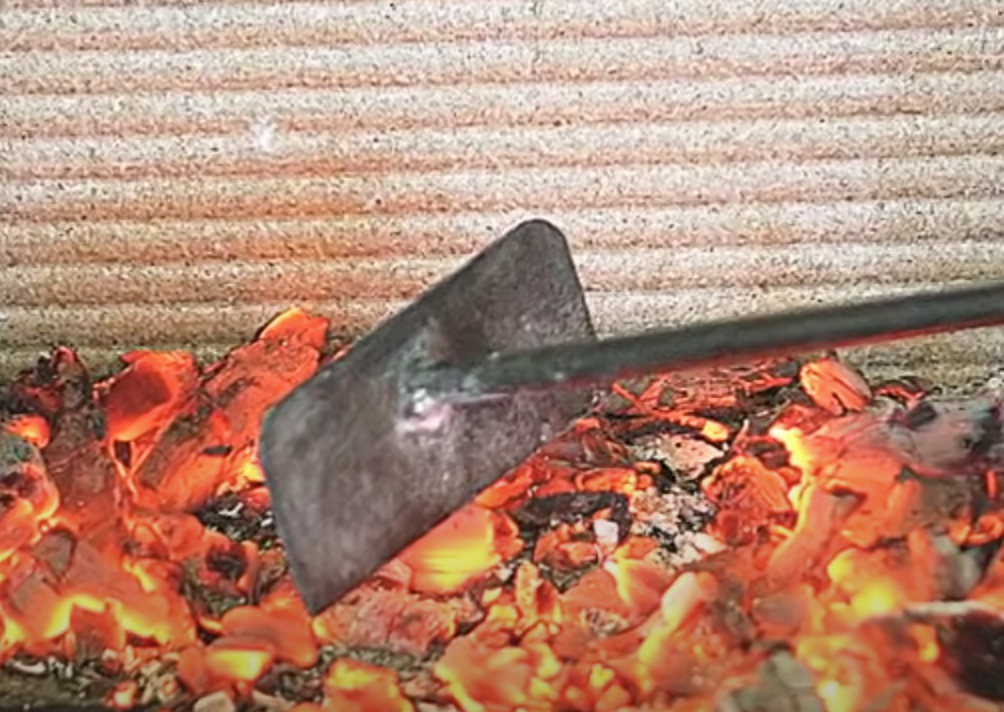Hot and cooling ashes from your wood-burning stove can be a carbon monoxide hazard. It is essential that you leave sufficient time after a fire to let the ashes cool fully and keep the stove door closed while this is happening.

Carbon Monoxide Poisoning – What to look for:
What physical symptoms to look for:
.
General Weakness
Dizziness
Loss of consciousness
Blurred vision
Feeling sick or vomiting
Shortness of breath
Confusion
Dull headache
Make sure the ashes are disposed of in the correct way. Use safety gloves, a steel ashcan, or a bucket that can be sealed. Don’t rush this job, as ash can easily spread. Dispose of the ash outside the home in a designated place. Remember, there are a number of uses for cold ash, which can include:
- Use in compost – Ash from wood-burning stoves can be a great additive to your compost heap or can be applied directly to fallow ground and dug in. It can be a natural source of potassium and trace elements. It also has a liming effect, so wood ash can remedy excessively acidic soils. When wood ash is mixed with other things in a compost heap, the alkaline compost can be used as a mulch around many plants and vegetables, except for things like raspberries and rhododendrons, which need acidic soil.
. - Icy surfaces – Ash can help thaw ice – very useful on icy paths or driveways.
. - Protect vegetables from slugs and snails – Ash acts as a great safeguard from attacks by slugs and snails. They don’t really like ash. So apart from its nutritional elements for soil, the fact it protects against these is a real benefit if your garden is regularly invaded by slugs and snails.
- It Controls Algae – Ash is a great way to control algae, ideal if you have a pond. It slows down the production of algae and so is a great addition to help combat the troublesome green stuff!
. - Cleaning – Ash is great for cleaning, and that includes the cleaning of stove window glass too. It has a slightly abrasive feel and so, where appropriate it can be used to remove stains and marks. It is also ideal for covering stains on external brick works and patios too.
.
Remember the Carbon Monoxide Risk!
Carbon Monoxide (CO) is a poisonous gas that can be present in the fumes from the combustion of fuels that aren’t burnt under the correct conditions. Fuels such as gas, oil, solid mineral fuel and biomass all have the potential to emit CO. Carbon Monoxide cannot be seen, smelled or tasted, making it hard to detect. Homeowners with a stove should fit a CO alarm conforming to BS EN 50291 and positioned in accordance with Building Regulations Approved Document J.
Burning wood is enjoyable, relaxing and a great way to sustainably heat your home. But always be aware that when you burn (anything), you should be aware of the potential hazards.
Safety First – Essential Wood Burning Stove Tips:
Smoke Alarms – Ensure you check your smoke and carbon monoxide alarms on a regular basis.
Servicing – Make sure you get your stove serviced by a HETAS register installer.
At Night – Ensure you do not “turn down” your stove for the night. It’s much safer to put out when you go to bed.
Fuels – Use the right fuels for the stove, some are wood only, others are multi fuel. Ensure if you are using wood, that it is seasoned. Damp wood will not burn well, produce little heat and cause excessive tar and smoke.
Keep a Distance – Ensure that all combustibles are kept at a safe distance from a stove.








